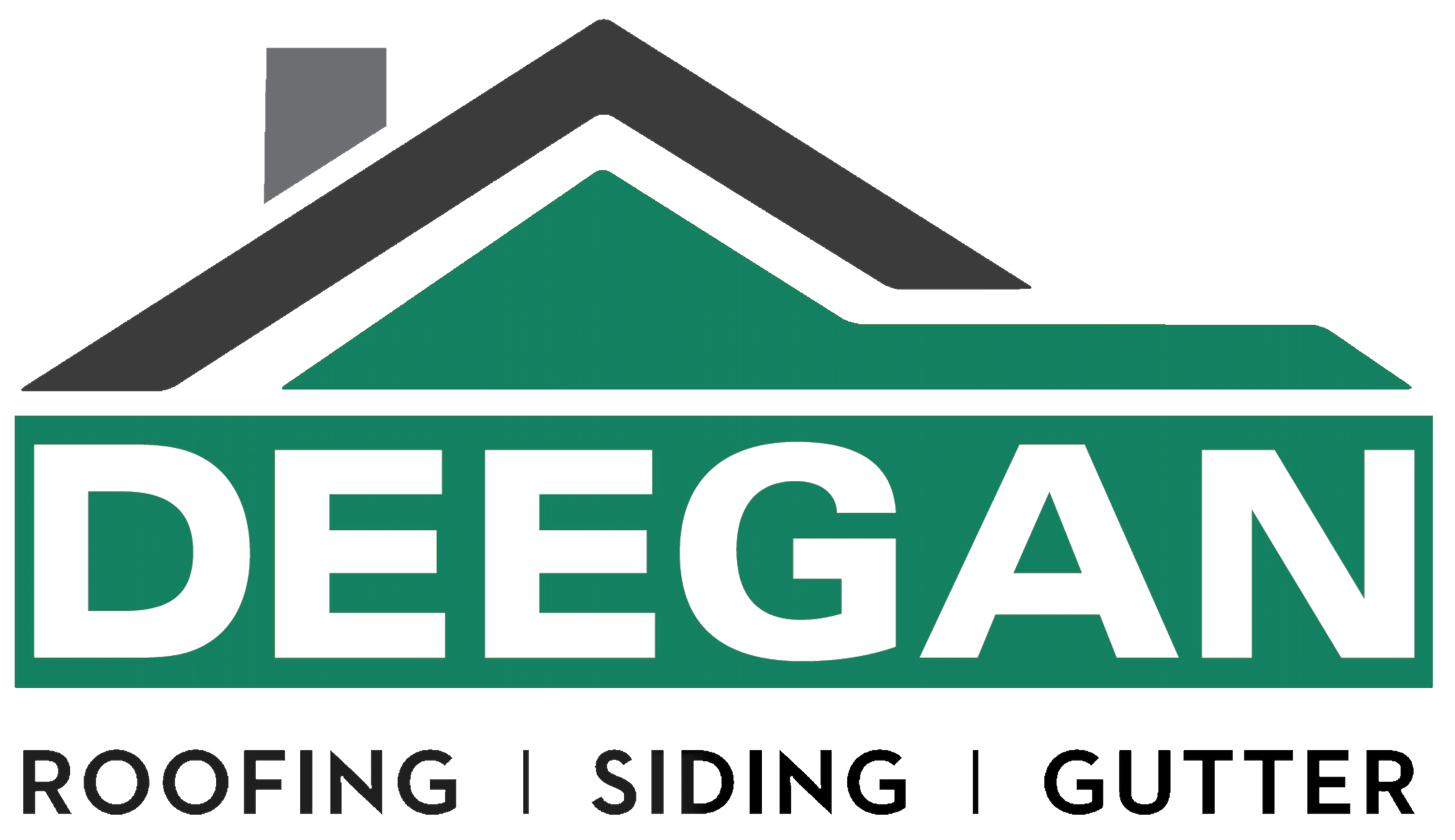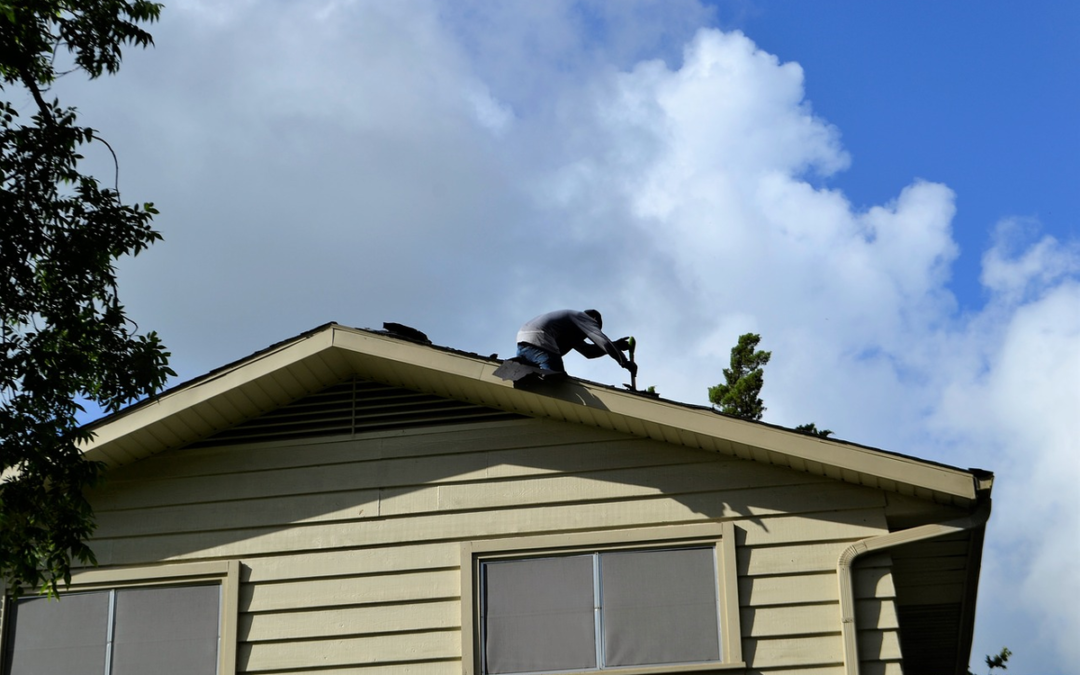When the weather takes a turn for the worse, there’s no sound quite as upsetting as the slow and steady drip of rainwater leaking into your home. Sure, throwing a pot under it works in a pinch, but eventually you’re going to need a more permanent solution. This is where roof cement comes in.
When to use roof cement
We call it the “duct tape” of roof repairs for a good reason. It’s ugly, cheap, and works as a universal quick fix for stopping roof leaks, shingle repairs, and gutter damage. Like duct tape, roof cement should only be used as a temporary solution.
What is roof cement?
Roof cement comes in several different types, and not all of them do the same things. Some ads tend to erroneously associate the term “cement” with anything sticky that stops a leak. With all the information out there, it can be easy to confuse sealant, mastics, and tar with regular asphalt roof cement.
Roof cement is an emulsion made of asphalt, fibers, mineral spirits, and other additives. Hardware stores sell it to homeowners who want to slow the torrential downpour in their living rooms. It’s just a mixture that you trowel on to temporarily seal leaks, reattach loose shingles, or to repair issues with flashing around problem areas. Think of it as a thick, sticky, multi-purpose tool that gives homeowners a short-term solution to an immediate problem.
When to avoid roof cement
Not every leak can be fixed with a liberal scoop of roof cement. In fact, overapplication can cause additional damage to the roof. The problem with roof cement is that people think that it will fix everything, where in fact it can cause more leaks. If people use it near walls, skylights, chimneys, and under shingles it can restrict the water flow on the roof and could ultimately lead to more leaks.
It is best to work with an experienced roofing company to remove and replace damaged areas with permanent materials. When permanent fixes aren’t an immediate option, using Ice & Water shield underlayment with shingles to create a more reliable seal. Roof cement should only be used as a last resort when no other options are available, and should never be used:
- to create a permanent patch,
- as a replacement for roofing nails or underlayment,
- on large leaks, or
- to replace the services of trained roofing professionals.
Trying to permanently patch or repair a damaged section of roof with roof cement is comparable to sealing an open wound with Elmer’s glue. It’s messy and usually ends badly for all involved.
Appropriate uses for roof cement
With that being said, there are some cases for which roof cement is appropriate. This usually involves minor issues that don’t pose a threat to your home or its occupants. Please don’t try to seal a hole caused by a fallen tree branch using roof cement and your handy tool belt. There’s no amount of DIY know-how that will make that okay. When facing an emergency, put down the trowel, shut off the electricity, and call a professional roofer!
The only times that roof cement should be used are:
- to repair small holes,
- as a quick fix for loose shingles,
- in conjunction with nails or underlayment to seal gaps around chimneys and corners, and
- by a professional roofer as a temporary fix prior to permanent repairs.
Roof cement has a place in the roofing world but should always come second to professional and permanent solutions.
How to use roof cement
The first thing to consider when preparing to apply roof cement is keeping safe. Make sure that you’re properly outfitted with a harness and other vital equipment before beginning a stroll up your second story peak—the OSHA guide to roofing safety procedures might be of interest.
Read the instructions, and make sure that you have all of the tools that you’ll need before you get started, such as a putty knife. Forgetting a tool or necessary step while working on your roof isn’t the same as forgetting something at ground level. Once you’re prepared, follow these steps for the application of roof cement:
Assess and clear the area.
Make sure that the area is free of debris and that you’ve removed any materials that could complicate the application. This is as much for proper adhesion as it is for safety.
Find damaged shingles.
Look for damaged shingles, and any obvious signs that areas of the roof are damaged. Once you’ve identified the problem, you can start gluing shingles back into place.
Use your trowel and putty knife for cracks or holes.
Identify the borders of the hole or crack that’s letting water in, and gently use your trowel or putty knife to pack the roof cement into the area. Pushing too hard or being aggressive can cause additional damage.
Consider patches to help with larger areas.
For some areas, it’s beneficial to use rolled roofing, fiberglass, or polyester as an additional patch. Coat the back of the material with roof cement, and then apply another coat over the top for maximum protection.
Replace the shingles.
After the area has been repaired, it’s time to replace the shingles. However, you may be able to get by with tarping the area if you have a roofing contractor coming over the next day. If you do have to reattach shingles, start at the bottom. Use roofing nails to attach each one until you’ve worked your way to the top. Apply a small amount of roof cement to help secure the final shingle, and you’re done. Believe us when we say that it’s not as simple as it sounds.
Warnings
Before climbing that ladder and tackling your roof repairs, there are some things to remember:
- When working in colder weather, leave your roof cement inside overnight.
- Avoid using roof cement while smoking or around open flames.
- Check the weather before planning your roofing project.
- Make sure that the roof cement you purchased is the right formula for your needs.
Keep in mind that repairs done with roof cement won’t be nearly as stable or reliable as those done by a licensed and insured professional. Always go for the permanent solution when possible and avoid relying on temporary fixes to protect your home.
Contact us Phone: (908) 322-6405
Deegan Roofing can perform an inspection of your roof and repair any damage. We are family-owned and operated, Deegan Roofing Company has been installing and servicing residential and commercial roofing customers in the New Jersey area for over 30 years. Website https://www.deeganroofing.com/ Address: 345 Terrill Rd, Scotch Plains, NJ 07076 Hours: Open 8:30 AM ⋅ Closes 5:30 PM

